NIL
FTM, Ep. 76: SEC-Big Ten revenue, NIL’s impact on softball & more
The Big Ten and SEC are still making waves as the House v. NCAA settlement hits more delays. On this episode of Follow The Money, Dr. R. Bowen Loftin, Jon Heidtke and host Andrew Monaco touch on those topics, the impact of NIL in softball and much more. Subscribe to College Sports: Follow The Money on […]
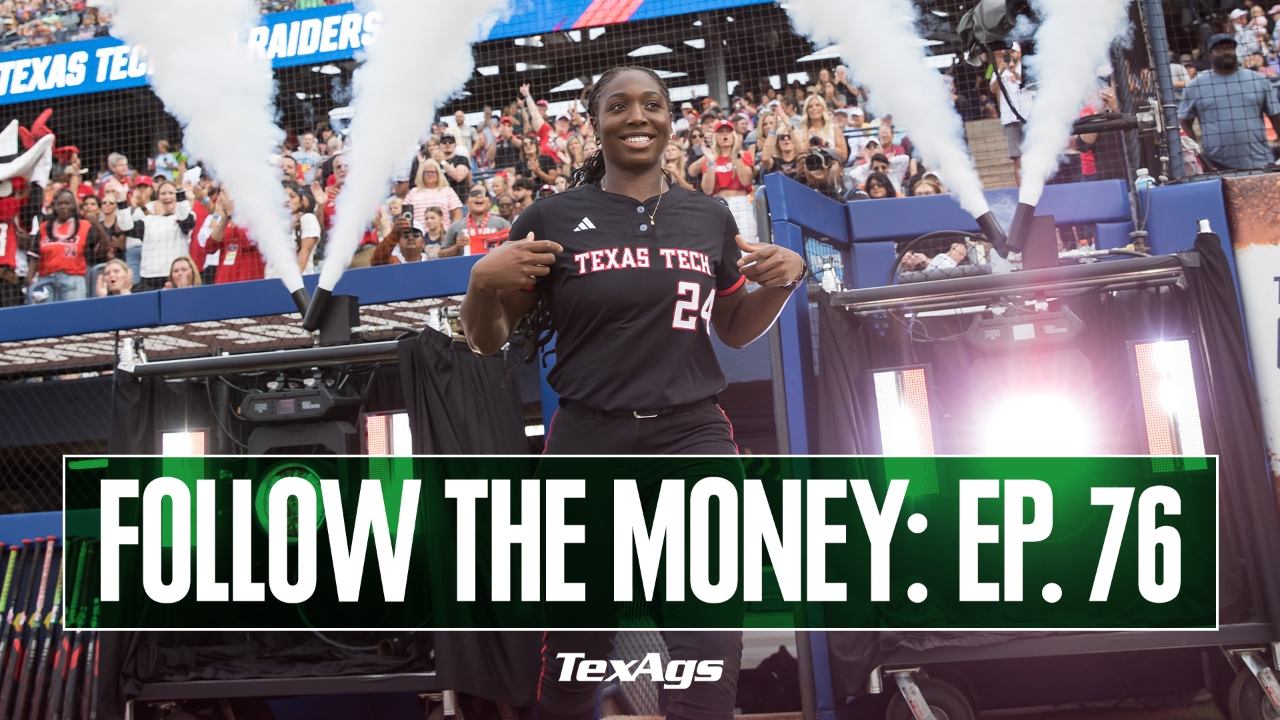
The Big Ten and SEC are still making waves as the House v. NCAA settlement hits more delays. On this episode of Follow The Money, Dr. R. Bowen Loftin, Jon Heidtke and host Andrew Monaco touch on those topics, the impact of NIL in softball and much more.
Subscribe to College Sports: Follow The Money on YouTube, iTunes, Spotify, Amazon Music, Overcast, TuneIn, RSS
See All TexAgs Podcasts
NIL
Why Henry Ford’s Draft Decision To Return To College For 2026 Is Risky
Image credit: Henry Ford (Mike Janes/Four Seam Images) By all accounts, Henry Ford was supposed to sign. A top 75 prospect on Baseball America’s draft board for 2025, Ford had the tools, the performance and high-major pedigree. It’s why the draft-eligible sophomore from Virginia was widely expected to begin his professional career this summer. Instead, […]
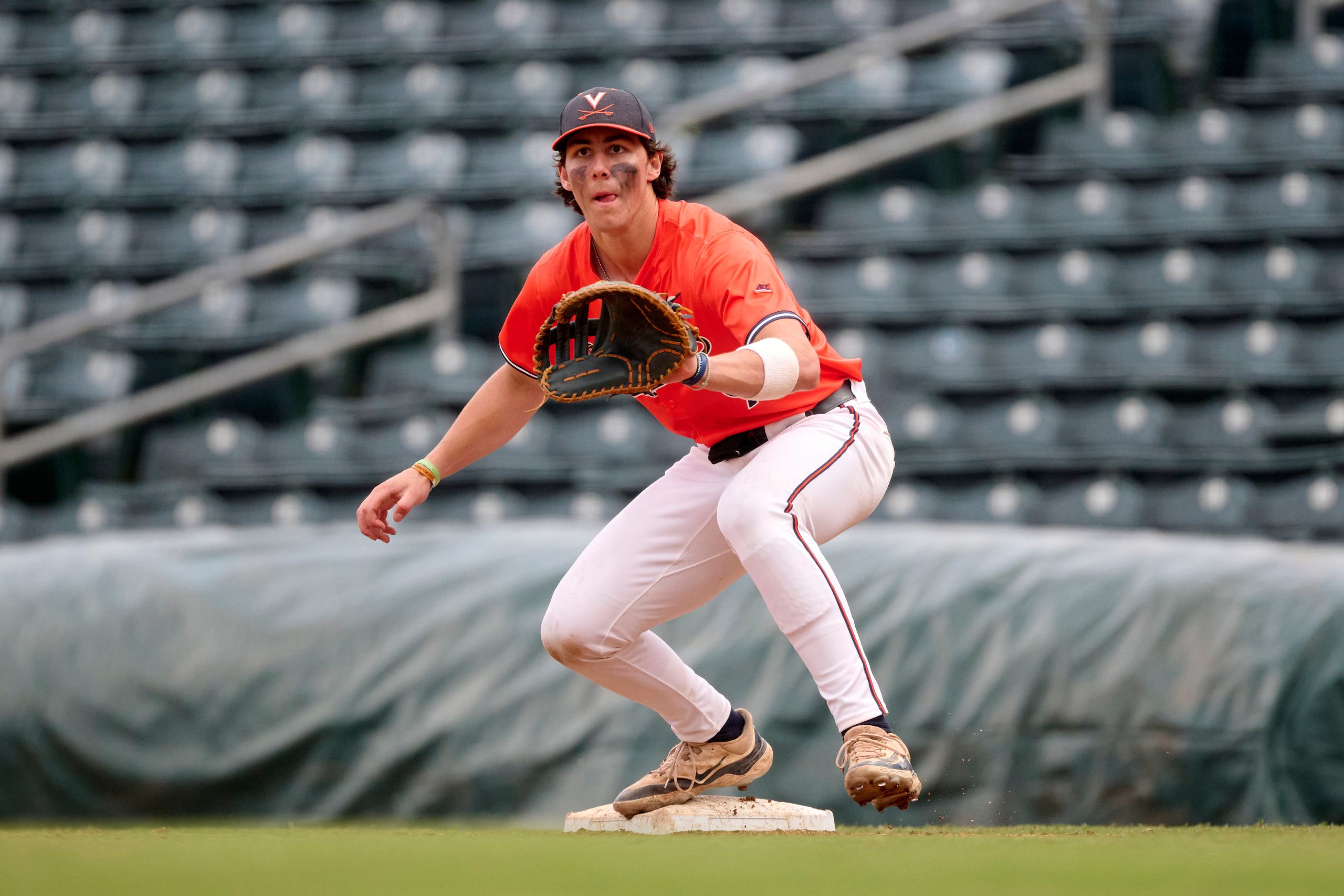
Image credit:
Henry Ford (Mike Janes/Four Seam Images)
By all accounts, Henry Ford was supposed to sign.
A top 75 prospect on Baseball America’s draft board for 2025, Ford had the tools, the performance and high-major pedigree. It’s why the draft-eligible sophomore from Virginia was widely expected to begin his professional career this summer.
Instead, he went undrafted and will be in Knoxville this fall as one of the crown jewels of Tennessee’s portal class.
In doing so, Ford has become this year’s face of a small but significant trend: high-profile players turning down pro ball after their draft-eligible sophomore seasons to return to school, often with the goal of boosting their stock in the following year’s draft.
He wasn’t alone. Jack Arcamone, a catcher from Richmond, passed on a pro deal to transfer to Georgia. Matthew Dallas, a lefthanded pitcher from Wake Forest, chose to return for his junior season rather than sign. So did Tre Phelps, a draft-eligible sophomore from Georgia who will head back to Athens for his junior year.
But the decision to go back to school—especially for hitters—is a perilous one.
The data, while somewhat anecdotal given the small annual sample, paints a cautionary picture. Hitters ranked in the top 200 who returned to school in either 2023 or 2024 saw their stock crater.
Jalin Flores, ranked No. 114 out of Texas in 2024, returned for his junior season and slipped to the 11th round in 2025. Zack Stewart, ranked No. 131 in 2024 from Missouri State, went undrafted and unranked in 2025. Harrison Didawick, Jonathan Vastine and others suffered similar fates.
Hitters who return to the collegiate ranks often do so with the belief that another year of production, strength gains and batted-ball data will vault them into earlier rounds. But the harsh reality is that year-over-year draft movement is unforgiving for that demographic.
Teams often view returning hitters with more skepticism than enthusiasm. There’s a prevailing belief among evaluators that most college bats are largely “formed” by the end of their sophomore year, meaning the ceiling is already visible. Unless a player drastically transforms his swing, shows newfound power or proves he can handle a premium defensive position, the narrative shifts from projection to stagnation. And in a draft pool flooded with younger upside bets and high school bats, standing still often means falling behind.
Pitchers, on the other hand, tend to fare better.
Will Frisch didn’t pitch an inning in 2022 after opting to return to Oregon State following a strong draft-eligible sophomore campaign in 2021 and was still taken in the sixth round that July. Brandon Sproat returned after a top 100 season and went on to sign for seven figures. In 2022, Jonathan Cannon inked a deal for $925,000 despite returning for his junior year.
The difference, in many cases, comes down to perceived ceiling and supply. Projectable college arms with durability or velocity stand out in thin pitching classes. Hitters have a harder time moving the needle. In a class with hundreds of statistical success stories, simply repeating what one did as a sophomore hitter is rarely enough to compel a team to pay more the second time around.
“You’re asking teams to pay more for the same player—or sometimes a worse version of the same player,” one agent said. “The bar is just way higher.”
So why did Ford and Arcamone—both well-liked, analytically-friendly bats—walk away from the table?
Among other things, the answer, increasingly, is NIL.
College baseball has entered a new era. Returning to school no longer means forgoing six-figure earnings. In fact, for many top players outside the top 100 picks, the opposite is true.
According to multiple agents who spoke with Baseball America on the condition of anonymity, NIL collectives are offering “substantial” paydays to players with eligibility remaining, particularly those who hold draft leverage. Quarter-million-dollar deals are no longer rare, and those numbers often eclipse what a sixth- or seventh-round selection might command in slot money.
“An eighth-rounder who earned big in NIL can make more than a sixth-rounder without it,” one agent said. “That’s a real factor in our conversations now.”
For players like Ford, the calculus shifts.
Tennessee just sent eight players to the top three rounds of the draft—five of them transfers. The program has a well-documented history of developing hitters and arms alike and has a robust NIL infrastructure to match. Ford doesn’t need to prove he can play. But if he can hit 15 home runs for a national title contender, raise his exit velocity and show improved defense, there’s a clear path to the first two rounds in 2026, and he’ll get paid handsomely in the meantime.
That math doesn’t work for everyone. Draft-eligible sophomores with leverage often only get it once. Returning can turn that leverage into a liability. There’s performance risk, injury risk and potentially the awkward stigma that comes with being passed over once before.
For every Sproat, there are two or three players who slipped, never regained value or plateaued entirely. The risk-reward scale tips fast.
Still, the landscape is changing.
The combination of performance science, NIL and player agency is empowering more players to weigh their options, not rush them. For players with the right situation—a legitimate plan, a top-tier program and real money on the table—returning can be the smart play.
But it’s not the safe one. The same agents who praise the new NIL economy also caution against seeing it as a cure-all.
“You can get paid now,” one again said. “But it doesn’t guarantee you’ll get paid later.”
Ford and others are betting on both.
NIL
Alabama State launches new NIL fund to align with competitive standard
Alabama State athletic director Dr. Jason Cable announced Wednesday the launch of a new NIL initiative aimed to improve the student-athlete experience at the university. The Hornet Student-Athlete Fund was created in response to the “House settlement” with the NCAA allowing college athletics programs to directly compensate student-athletes for their name, image and likeness. […]

Alabama State athletic director Dr. Jason Cable announced Wednesday the launch of a new NIL initiative aimed to improve the student-athlete experience at the university.
The Hornet Student-Athlete Fund was created in response to the “House settlement” with the NCAA allowing college athletics programs to directly compensate student-athletes for their name, image and likeness.
The fund serves as an opportunity for donors and fans of Alabama State athletics to contribute directly to revenue-sharing models and NIL support structures.
The fund puts Alabama State in a critical position to recruit and retain elite student-athletes, serving as a long-term investment for the future of athletics at the university.
Despite the prestige of some universities for their continued success in athletics, this new era of NIL deals can and does play a role in the minds of recruits and current athletes’ decisions to stay or choose a university.
The institution of a new fund reflects the mission of elevating athletics at Alabama State by providing new opportunities for student-athletes and keeping the university competitive at the Division I level.
The new fund does not replace the current Hornet Club, which remains important in supporting the department’s operating budget.
On Monday, Alabama State announced that the Hornet Club that the annual fund goal for the 2024–2025 giving year was met and surpassed.
The Hornet Club welcomed over 500 new investors and raised more than $500,000 in support of Alabama State student-athletes.
The new fund and continued support of the Hornet Club will continue to keep Alabama State in the spotlight as one of the premier programs in the Southwestern Athletic Conference.
To learn more or contribute, visit the Hornet Club NIL Fund Website for additional information.
NIL
Why Ian Jackson is St. John’s most important team transfer for 2025-26
What transpired last season at St. John’s was the latest in a career of incredible coaching performances from Rick Pitino. He took over the Red Storm in 2023 and wasted little time turning them into a Big East contender for the first time in decades. St. John’s won 31 games, notching both regular season and […]

What transpired last season at St. John’s was the latest in a career of incredible coaching performances from Rick Pitino. He took over the Red Storm in 2023 and wasted little time turning them into a Big East contender for the first time in decades. St. John’s won 31 games, notching both regular season and conference tournament titles last year, though their postseason experience ended earlier than expected in the round of 32.
There’s a certain buzz in Queens again this season, though this year’s team is going to look largely different from last year’s success. Reigning Big East Player of the Year RJ Luis Jr. is gone after a brilliant junior season while starters like Kadary Richmond, Aaron Scott, and Simeon Wilcher also departed in the offseason. It’s not a completely new roster, as star forward Zuby Ejiofor becomes even more of a focal point for Pitino’s squad, but there have been plenty of reinforcements.
Simply put, the Red Storm assembled the nation’s best transfer class and have a roster loaded with talent for 2026. The frontcourt gets a major boost with Bryce Hopkins from Providence and Dillon Mitchell, fresh from his time at Cincinnati. Joson Sanon is a highly-touted shooting guard coming off an underwhelming freshman season with Arizona State. Oziyah Sellers is another brilliant guard from Stanford while Dylan Darling should see decent run after his time at Idaho State.
There almost isn’t a wrong answer when identifying the best new player of this class, but former North Carolina guard Ian Jackson sure might be the most important. A 6-4 guard from the Bronx, Jackson was the #6 freshman prospect in the nation last season and now returns much closer to home after his time with the Tar Heels. A mixed review of a freshman year saw him put up 11.9 points and 2.7 rebounds while knocking down 39% of his 3-pointers, but Pitino and company are excited about his potential.
The expectation is that Jackson doesn’t just step into a major role but likely takes up point guard duties. He’s clearly a very talented prospect coming off a decent freshman season where he didn’t exactly live up to that top billing. He wasn’t the only player who struggled in Chapel Hill last year, but closer to home the hope is that he blossoms and becomes a major leader for St. John’s.
After all he’s stepping into a major role, replacing impressive names like Luis and Richmond from last year’s successful campaign. This transfer class is full of veteran experience and incredible raw talent and St. John’s is hoping they got the combination right for a truly memorable season. If that does come to pass, and the Red Storm get deeper into the Big Dance, then Jackson will have certainly taken a step forward as a sophomore and become a real leader for this squad.
NIL
LSU Baseball Transfer Portal Addition Confirms Decision to Make Way to Baton Rouge
Jay Johnson and the National Champion LSU Tigers secured a commitment from High Point infielder Brayden Simpson in June as the program’s first portal addition. Simpson, one of the top prospects in the NCAA Transfer Portal, is coming off of a career season in North Carolina. The coveted infielder primarily handled business as a third […]

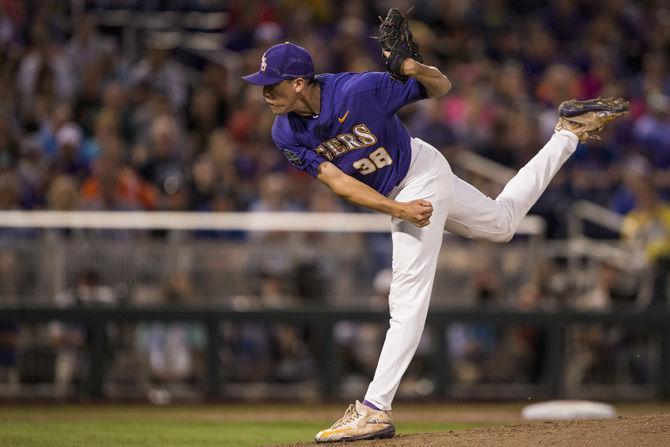
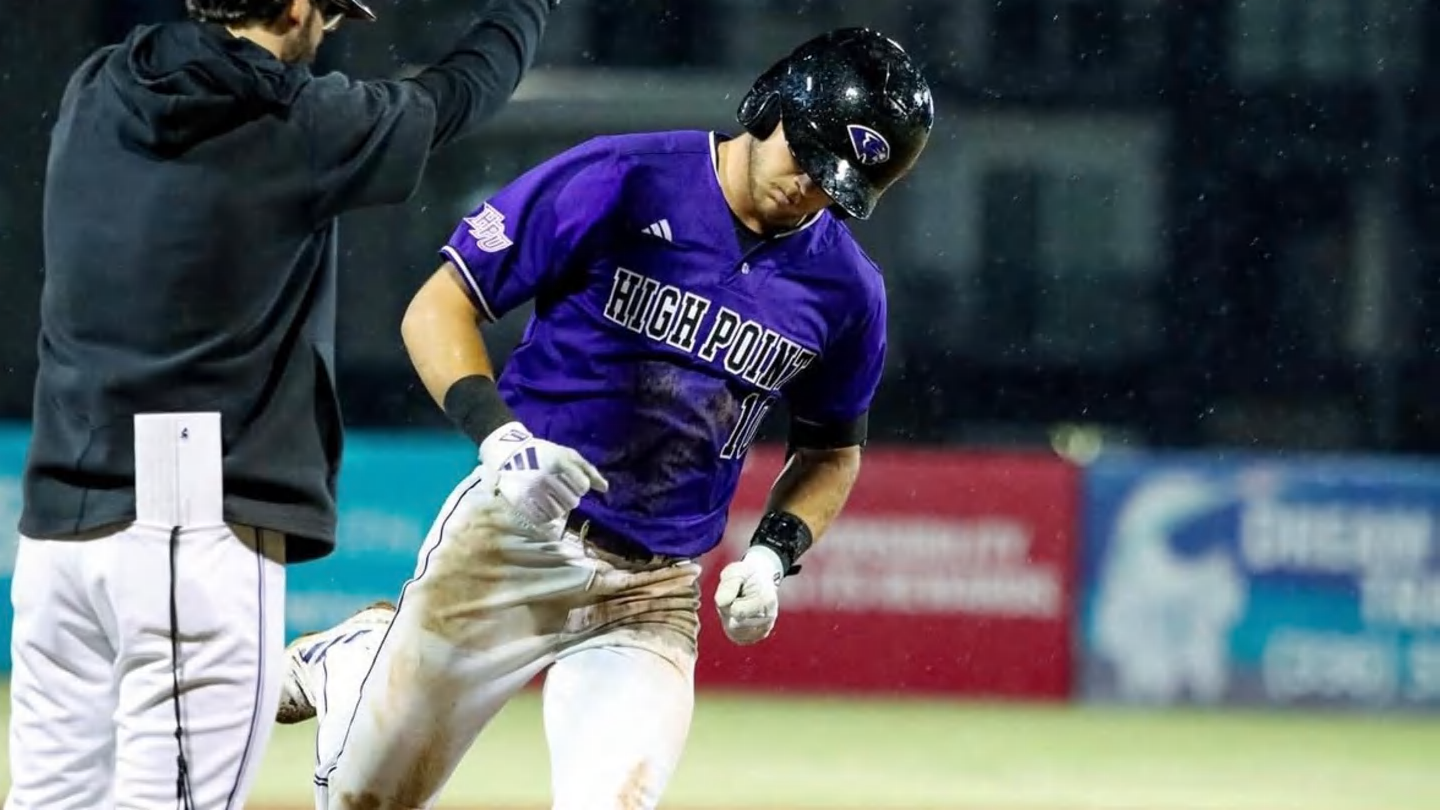
Jay Johnson and the National Champion LSU Tigers secured a commitment from High Point infielder Brayden Simpson in June as the program’s first portal addition.
Simpson, one of the top prospects in the NCAA Transfer Portal, is coming off of a career season in North Carolina.
The coveted infielder primarily handled business as a third baseman for High Point this past season where he shined for his Panthers squad.
Simpson had a dominant two-year stretch at High Point with his 2025 campaign quickly putting his name on the map.
He rounded out the season batting .389 with 22 home runs, 77 RBI and a .477 on base percentage this past season.
Simpson is a Swiss Army Knife in the infield and has also spent some time at first base in 2024 and second base in 2023.
In 2024, the talented High Point transfer started in all 62 games where he batted .300 with 12 home runs and 45 RBI. He started in 58 games this year.
Now, after being committed to the LSU Tigers for over a month, Simpson has confirmed his intentions of making his way to campus.
The High Point transfer will not sign an undrafted free agent contract with an MLB organization and will make his way to Baton Rouge for the 2026 season.
— Brayden Simpson (@bksimpson7) July 16, 2025
For the LSU Tigers, the program is on a heater in the NCAA Transfer Portal with the program nearing the double-digit mark from an additions perspective.
On Wednesday, LSU received confirmation of Simpson’s intentions along with landing a commitment from a prized transfer.
Johnson and the LSU Tigers have landed a commitment from Kansas right-handed pitcher Cooper Moore, he revealed via social media on Wednesday.
Moore, one of the top arms in the NCAA Transfer Portal, narrowed his focus to multiple coveted programs with the LSU Tigers, Tennessee Volunteers and Oklahoma Sooners emerging as contenders.
BREAKING: Jay Johnson strikes again in the Transfer Portal with a commitment from Kansas RHP Cooper Moore.
The Big 12 transfer rounded out his sophomore campaign with a 3.96 ERA, 85 strikeouts and 19 walks over 88.2 innings.
One of the top portal arms is Baton Rouge bound. pic.twitter.com/BDlMLFaiIr
— Zack Nagy (@znagy20) July 16, 2025
But it’s Johnson and the defending National Champion LSU Tigers that get the job done with Cooper taking an official visit to Baton Rouge earlier this month.
The Big 12 transfer is coming off of a standout sophomore campaign where he logged a 3.96 ERA, 85 strikeouts and 19 walks over 88.2 innings.
The Buzz: LSU Football Trending for Multiple Targets on the Recruiting Trail
LSU Baseball’s Derek Curiel Named D1 Baseball’s National Freshman of the Year
LSU Football Beats Out Texas Longhorns and Florida Gators for Five-Star EDGE
Follow Zack Nagy on Twitter: @znagy20 and LSU Tigers On SI: @LSUTigersSI for all coverage surrounding the LSU Tigers.
NIL
Will Ross Bjork’s Big Bet on In-House NIL Control work for Ohio State?
The House v. NCAA settlement, finalized on June 6, 2025, was supposed to bring clarity to the chaotic world of name, image, and likeness (NIL) in college sports, but just weeks later, it’s sparking a new wave of conflict. House plaintiff attorneys Jeffrey Kessler and Steve Berman have accused the NCAA and power conferences of […]
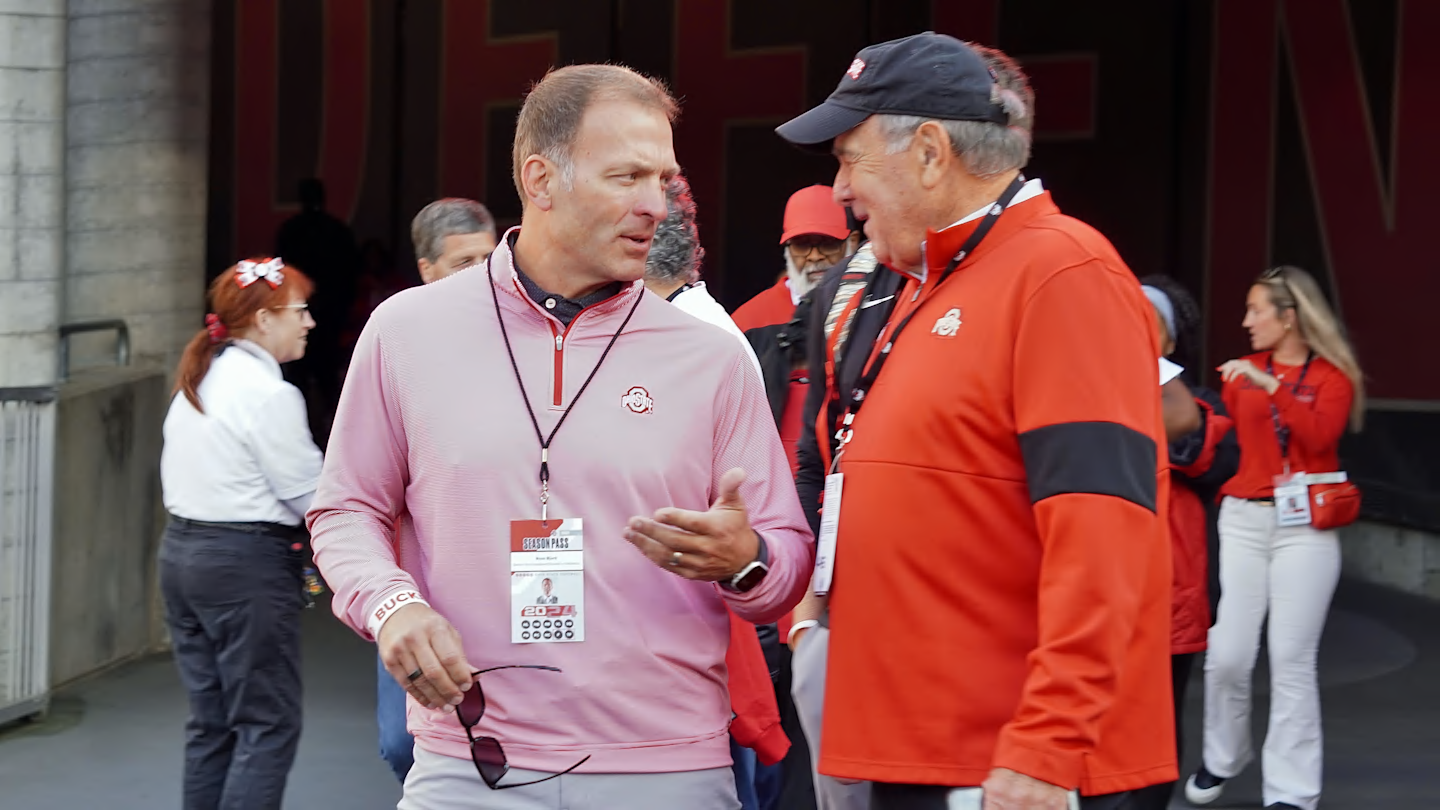
The House v. NCAA settlement, finalized on June 6, 2025, was supposed to bring clarity to the chaotic world of name, image, and likeness (NIL) in college sports, but just weeks later, it’s sparking a new wave of conflict.
House plaintiff attorneys Jeffrey Kessler and Steve Berman have accused the NCAA and power conferences of violating the settlement’s terms, specifically targeting the College Sports Commission’s (CSC) guidance on booster-funded NIL collectives. In a fiery two-page letter sent on July 11, 2025, the attorneys demanded that the NCAA retract the CSC’s memorandum, arguing it undermines the settlement by unfairly restricting collectives, according to Yahoo Sports.
Meanwhile, NIL collectives are gearing up for legal action, according to On3’s Pete Nakos, “Lawsuits are about to come.” This escalating battle raises questions about whether Ohio State Athletic Director Ross Bjork was right to bring NIL operations in-house and if his decisions will position the Buckeyes for success in this new era.
The CSC, tasked with enforcing the House settlement, issued guidance on July 10, 2025, stating that booster-backed NIL collectives must meet a “valid business purpose” to have their deals approved by the Deloitte-run NIL Go clearinghouse. This means collectives can’t just pay athletes to attend a school—deals must involve promoting goods or services for profit, like a pro athlete endorsing a product.
Attorneys are planning to escalate the issue to Judge Nathanael Cousins, the settlement’s appointed magistrate, if the guidance isn’t retracted. Collectives, feeling squeezed out, are already consulting lawyers. But the CSC put out a statement about how they believe the guidance was in line with the settlement terms.
“The guidance issued by the College Sports Commission yesterday is entirely consistent with the House settlement and the rules that have been agreed upon with class counsel,” a CSC spokesperson told Dellenger.
The root of the problem lies in the settlement’s goal to shift athlete payments from collectives to schools, which can now share up to $20.5 million annually with athletes. Ohio State’s Ross Bjork, speaking at a press conference on June 6, 2025, embraced this shift, announcing that Ohio State would allocate $18 million for NIL payments across football, men’s and women’s basketball, and women’s volleyball, with $2.5 million for additional scholarships across its 36 varsity sports.
Bjork emphasized the settlement’s clarity, calling it “transformational progress” after years of murky NIL rules. He also expressed confidence in the CSC’s authority, noting that the settlement’s rules, including the “valid business purpose” requirement, were court-approved and backed by arbitration, making legal challenges difficult.
Bjork’s decision to integrate Ohio State’s NIL operations seems prescient given these developments. By bringing NIL Collectives in-house, Ohio State avoids reliance on collectives, which are now under fire. Bjork’s use of analytics to determine position values, guided by experts like defensive coordinator Matt Patricia, mirrors NFL salary cap strategies, ensuring competitive fairness within the $20.5 million cap.
Bjork’s commitment to maintaining all 36 varsity sports, despite potential scholarship reductions in some programs, aligns with the settlement’s flexibility while adhering to Title IX. Unlike collectives, which risk legal battles over rejected deals, Ohio State’s in-house model ensures compliance with CSC rules, reducing the chance of athlete suspensions for unapproved deals.
While other college football programs must worry and fret over if their players can be paid, Ohio State is in the driver’s seat controlling payments through revenue share and monitoring collectives to not go rouge.
However, the collectives’ pushback could disrupt this system. Their threat of lawsuits echoes concerns raised by industry experts who predicted the settlement’s restrictions would spark litigation.
If it is deemed that the CSC’s actions violate antitrust laws, and the collectives succeed in court, it could loosen restrictions, allowing them to continue operating outside school control. This would challenge Bjork’s strategy, as third-party deals could outpace Ohio State’s capped $18 million, especially in a market like Columbus, where fan passion fuels lucrative opportunities.
Bjork’s confidence in the CSC’s rulings holding up in court may be tested. While he argued the settlement’s legal backing makes challenges unlikely, the attorneys’ letter and the collective deals according to Deloitte’s data, has created a bottleneck that frustrates coaches and athletes alike.
If lawsuits force a retraction of the CSC’s guidance, schools like Ohio State may face pressure to compete with unregulated collective payments, potentially undermining the settlement’s goal of a level playing field.
In the end, Bjork’s proactive move to bring NIL in-house positions Ohio State to navigate this turbulent landscape better than most. If collectives win, Ohio State can cancel the Buckeye Sports Group and have collectives act as they were before. But if the CSC is right and survives court, Ohio State has been set up and ready for this for over a month now.
With collectives preparing to fight, the battle over NIL is far from over. Whether Bjork’s strategy proves to be the right call depends on whether the courts uphold the CSC’s authority or side with collectives, potentially reshaping the rules he’s banking on. For now, Ohio State’s structured approach seems like a smart play in a game that’s still very much in flux.
NIL
Urban Meyer's NIL meltdown highlights deeper concerns in college athletics
College football, along with college athletics as a whole, have changed considerably since three-time national champion head coach Urban Meyer paced the sidelines. The ever-evolving Name, Image and Likeness world continues to present new challenges for athletic departments and programs. That is especially true in the current state, as leaders adapt to the revenue-share model […]

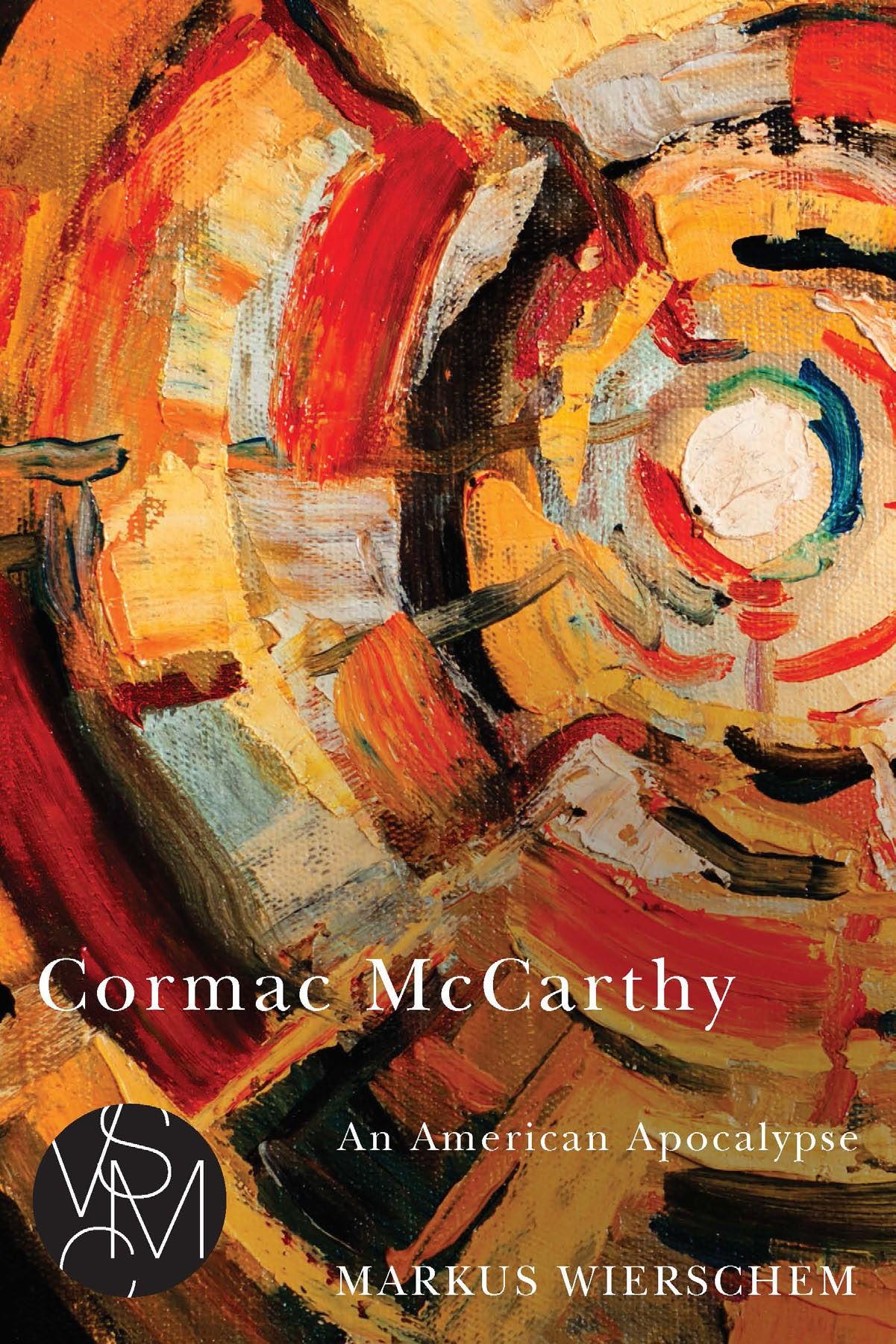
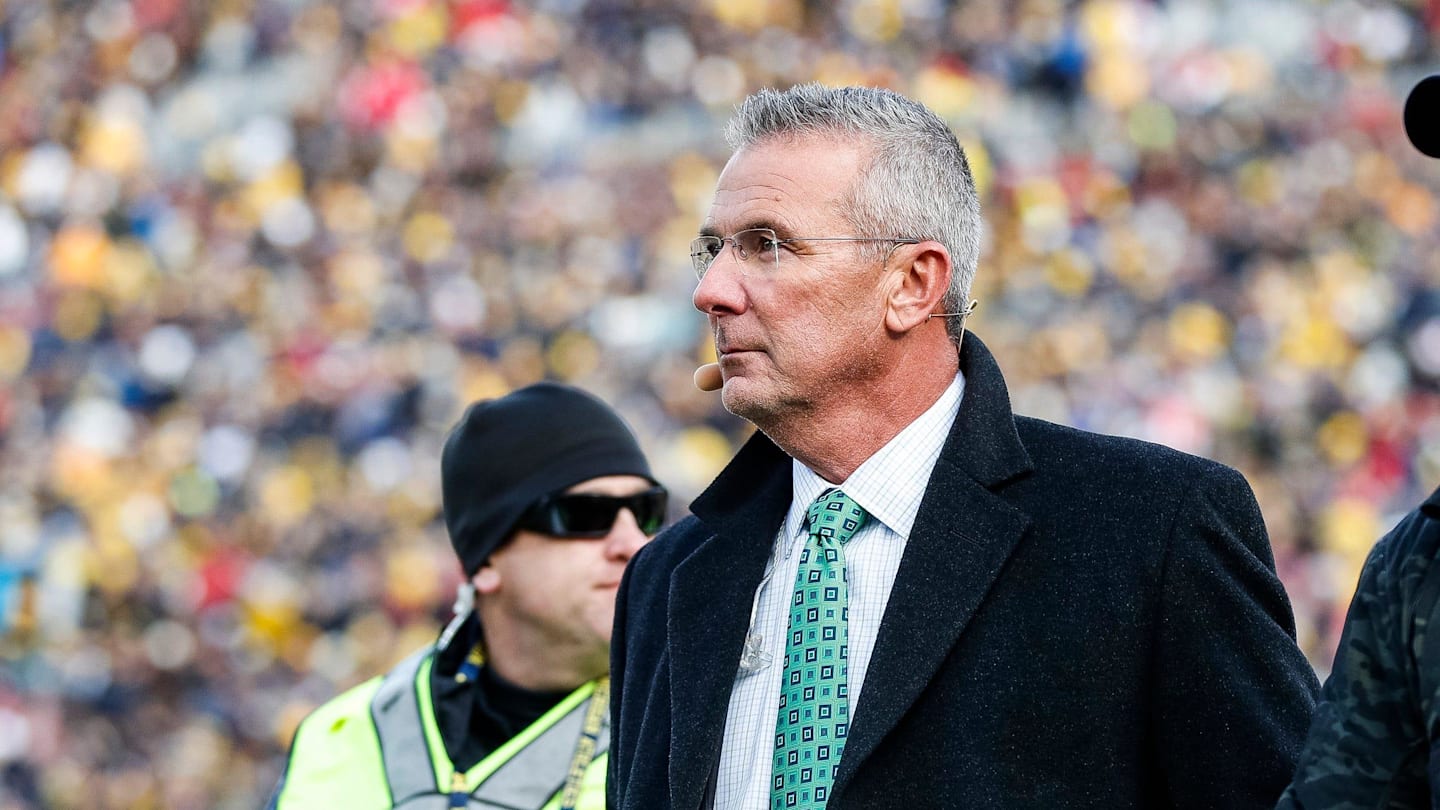
College football, along with college athletics as a whole, have changed considerably since three-time national champion head coach Urban Meyer paced the sidelines.
The ever-evolving Name, Image and Likeness world continues to present new challenges for athletic departments and programs. That is especially true in the current state, as leaders adapt to the revenue-share model instituted by the House settlement.
Meyer, a former Florida and Ohio State head coach that now serves as a Fox Sports analyst, revealed that he is happy with how the game is progressing on the field. However, the 61-year-old is wary about the focus shifting from building an educational base that could serve players after their careers are over.
“The game’s great right now. On the field, it is as good as it’s ever been. The coaching, the playing, it’s never been better (with) the fan support, the viewership,” Meyer said on “The Triple Option.” “However, the residual damage… NIL is going to run out, and you see these big numbers – players, in my mind, should have got paid a long time ago – but what I’m really struggling with, even talking to you, no one talks about academics, getting a life after football.”
“I see my former players,” Meyer continued. “There’s nothing worse than to have a 29-year-old man that gave his heart to us at the University of Florida, Ohio State and he’s unhirable, because the university and coaching staff and the parents, etc., did not force this guy to go get a job, to get prepared for life after sport.”
Meyer’s concerns include, in part, how the nation’s top college football players can demand millions of NIL dollars while backups and rotational players are left with scraps. That makes a transfer portal jump an enticing option for those players, who could make considerably more at another school.
“And I just get so pissed off sometimes and I’m like, ‘What about the other 85% of these athletes that are making decisions for $8,000, and they’re going to leave a school because some agent’s telling them to?'” Meyer said.
“I’m ranting and raving a little bit… I’ll take a team full of all graduates and all guys that have jobs over three or four guys that are making $20 million, and everyone else is a mess,” he said.
There is a silver lining to the NIL era that could ease the concerns that Meyer and college leaders share. In the past, draft-eligible players routinely left college early for a chance at a significant payday. Athletes can now build significant wealth while staying in school, finishing their degrees along the way.
-

 Technology3 weeks ago
Technology3 weeks agoPet fitness and wellness trends for a healthier and happier dog
-

 College Sports3 weeks ago
College Sports3 weeks agoWAC to Rebrand to UAC, Add Five New Members in 2026
-

 College Sports3 weeks ago
College Sports3 weeks agoA new era of Dickinson hockey begins behind the bench – The Dickinson Press
-

 Motorsports2 weeks ago
Motorsports2 weeks agoWhy Cosmetics are Making Up for Lost Time in Women’s Sports
-

 Motorsports2 weeks ago
Motorsports2 weeks agoTeam Penske names new leadership
-

 Sports1 week ago
Sports1 week agoNew 'Bosch' spin
-

 Youtube2 weeks ago
Youtube2 weeks ago🚨 BREAKING: NBA MVP Shai Gilgeous-Alexander signs the RICHEST annual salary in league history
-

 Sports1 week ago
Sports1 week agoE.l.f Cosmetics Builds Sports Marketing Game Plan Toward Bigger Goals
-

 College Sports2 weeks ago
College Sports2 weeks agoMSU Hockey News – The Only Colors
-
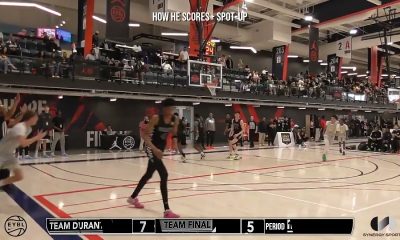
 College Sports2 weeks ago
College Sports2 weeks agoIU basketball recruiting




























